Your comprehensive healthcare navigation company
We guide members to better health, boost engagement, consolidate benefits, and contain costs—all in one place.
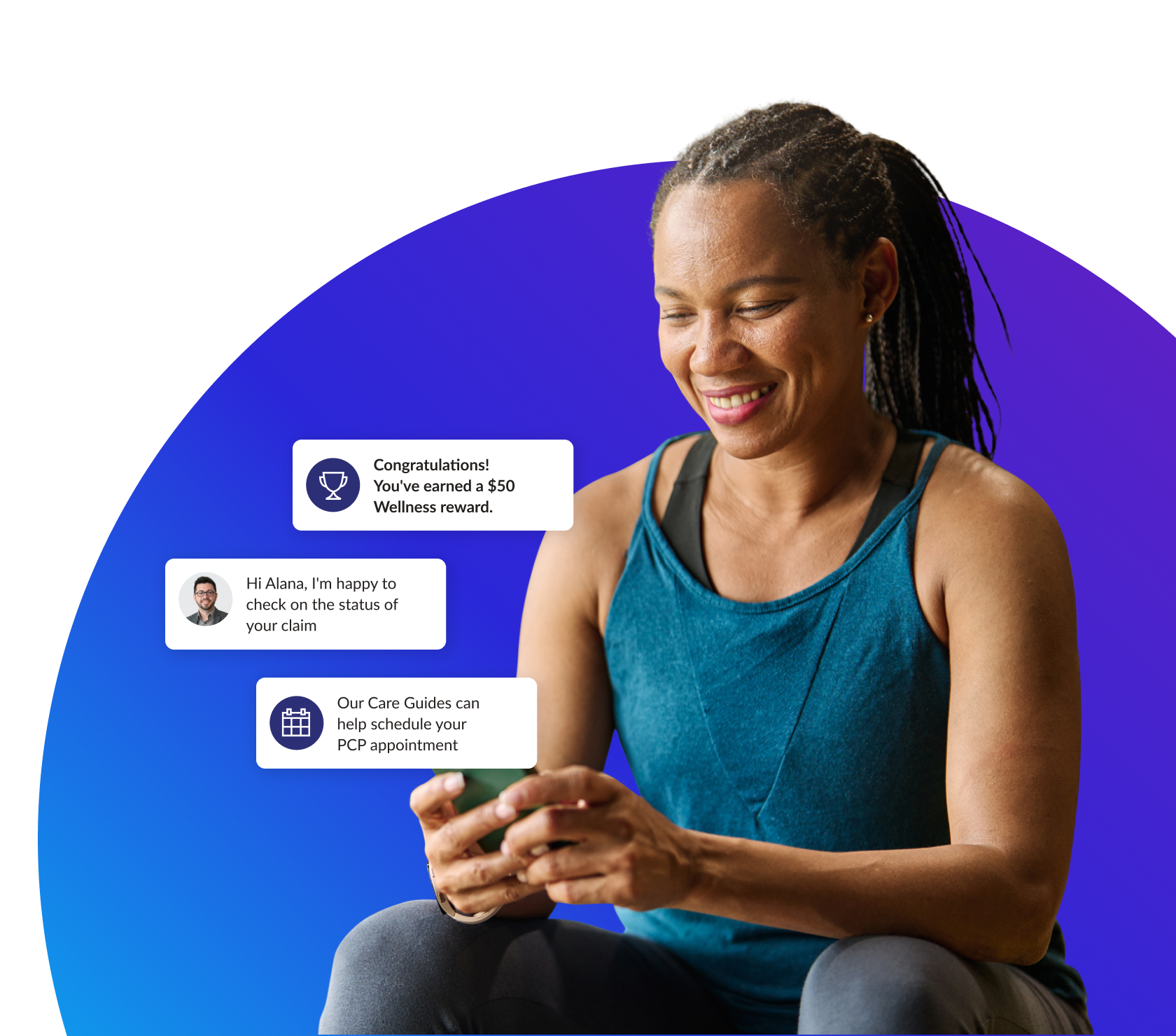
The right care at the right time
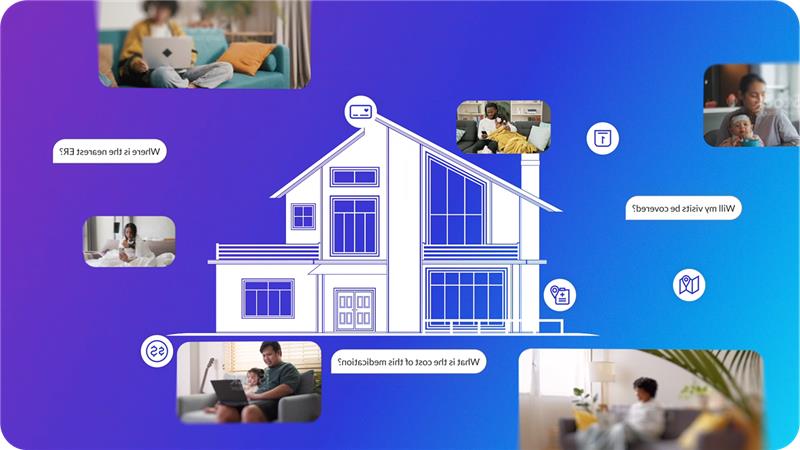
The right care at the right time
37%
Registered members are 37% more likely to close a cancer screening gap in care
21%
Members who search are 21% more likely to get an annual wellness visit
$33.83
Care Guide users saw a $33.83 decrease in monthly spending over six months following their first interaction with a guide
20%
Care Guide users are 20% less likely to have an avoidable emergency visit across at-risk cohorts
1.5-3.2%
1.5-3.2% medical savings
How we do it
Unmatched data and personalization
We offer a personalized healthcare navigation app powered by nearly two decades of aggregated data, integrations, and machine learning to engage members and improve outcomes.
One hub for increased member engagement
We centralize health and wellbeing benefits in one place, giving your members a digital experience that’s accessible 365 days a year and high in customer satisfaction with an NPS score of 67.
Care Guides and clinical experts
We provide real, live Care Guides that complements our app so members can navigate health and wellbeing on their terms—digital when they want it, human when they need it.
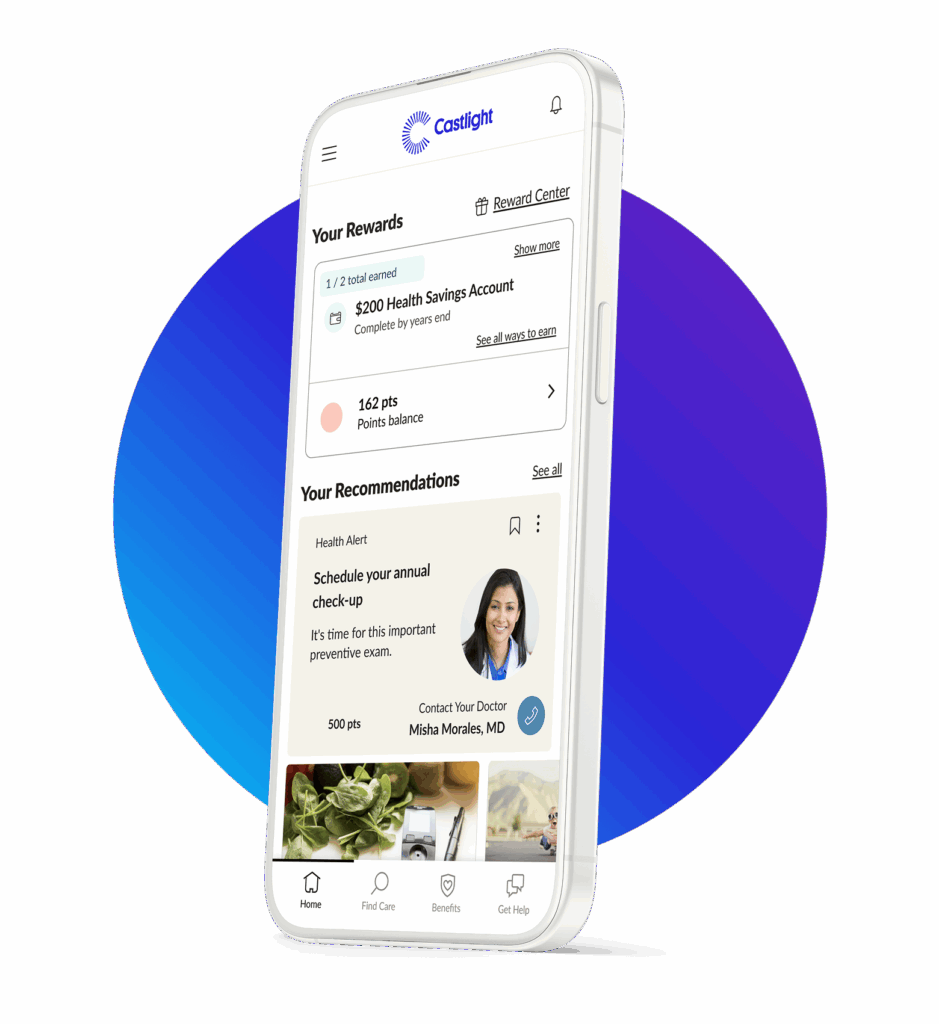
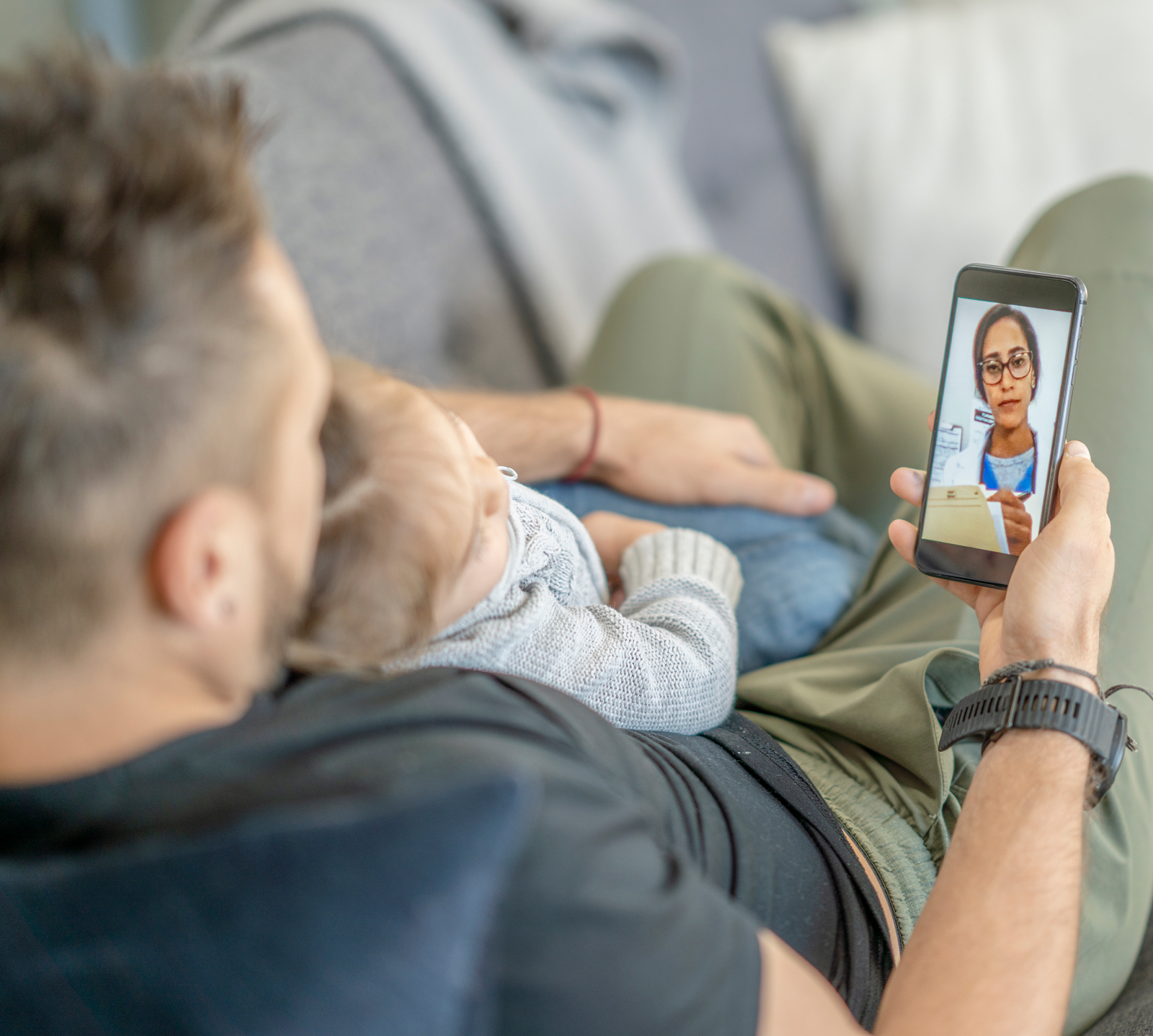

Healthcare navigation powering advanced primary care
Engagement and healthcare outcomes are even stronger when curated navigation is paired with primary care. That’s why, along with our growing network of care partners, we also offer in-house care services and programs from our high-quality clinical team.
Connect all your digital health programs in one convenient place
Expand your ecosystem with more than 30 digital health partners and new ones being added all the time.
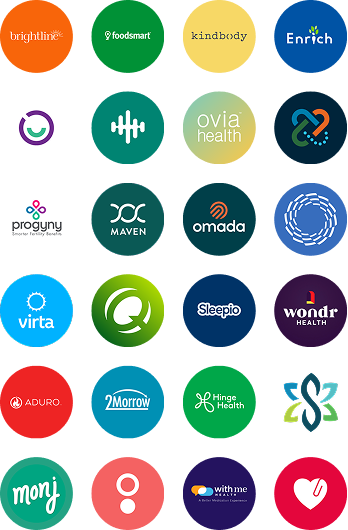
Trusted by Fortune 500 companies to maximize member engagement and enhance benefits investments











